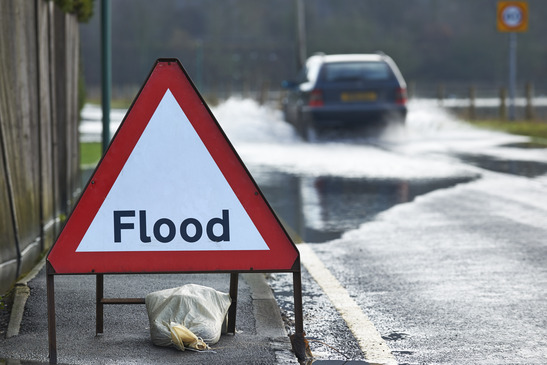 Tips To Increase HVAC Flood Protection In Scottsdale
Tips To Increase HVAC Flood Protection In Scottsdale
When the summer monsoon season comes, it often hits Scottsdale homeowners hard. And without question, one of the leading questions that many homeowners ask is what type of HVAC flood protection strategies can they take to be certain their outdoor AC unit does not become damaged when high waters arrive.
HVAC Systems And Expensive Flood Damage
Tip #1 – Consider Installing A Higher Concrete Base For Your HVAC Unit In Scottsdale
Typically, every HVAC system installed in Scottsdale is built outside; either on the side of a home or in the back yard. And with every new HVAC system, one thing needs to be done before installation: a concrete base or footer needs to be built. This is critical because it provides a stable support for the very heavy HVAC system. A great solution to reduce potential flood damage to the HVAC unit is to build a higher concrete base – perhaps a foot or two higher than normal. Standing water that flows no higher than 12” in most cases does most flood damage in Scottsdale.
There are a few things to consider before simply grabbing some Quick-Crete from the local hardware store:
- First, make sure that you check with local code enforcement or covenants inside your community to ensure that you can do this.
- Contact a professional HVAC company to help with the removal of the HVAC system while a professional contractor pours the new concrete slab.
- Have the same HVAC Company reinstall the HVAC system on the new concrete footer once it’s cured.
Tip #2 – Relocate Your HVAC System To Higher Ground
Many homes in Scottsdale have their HVAC system installed on the ground level for a few reasons:
- First, it’s easier for HVAC professionals to access, maintain and repair.
- Second, it’s easier for excess water to drain from a lower position.
- Third, it’s a traditional location and most homebuilders simply do what everybody else does.
Again, making sure you follow local code and community guidelines, first consider moving your HVAC unit to higher ground. Perhaps moving the unit to a second floor balcony or attic space that can completely protect the system from flood damage. This might be a bit extreme, but when you calculate the cost of replacing a HVAC system due to flood damage, it might be worth some discussion.
Tip #3 – Build A Flood Protection Wall
If you’re in the situation where you can’t move your HVAC system, or if it’s simply logistically impossible to build a higher concrete slab, another solution to improve HVAC flood protection in Scottsdale is to build a protection wall. Many contractors in Scottsdale specialize in designing and constructing an enclosed wall structure that will surround your HVAC system. In this case, they’ll make sure to follow local code enforcement and the 100-year flood levels to certify they do the job correct.
Any of these three tips are good ways to ensure you have maximum HVAC flood protection in Scottsdale. It is also a good idea to consider these options if you’re in the market for a new HVAC system as moving an existing system can be rather pricy.
We can always help with the purchase of a new HVAC system, call us at 480.359.7141
Read the full story at: http://www.scottsdaleair.com/tips-to-protect-your-hvac-systems-from-floods-in-scottsdale/
No comments:
Post a Comment